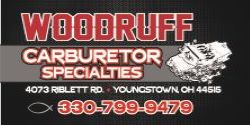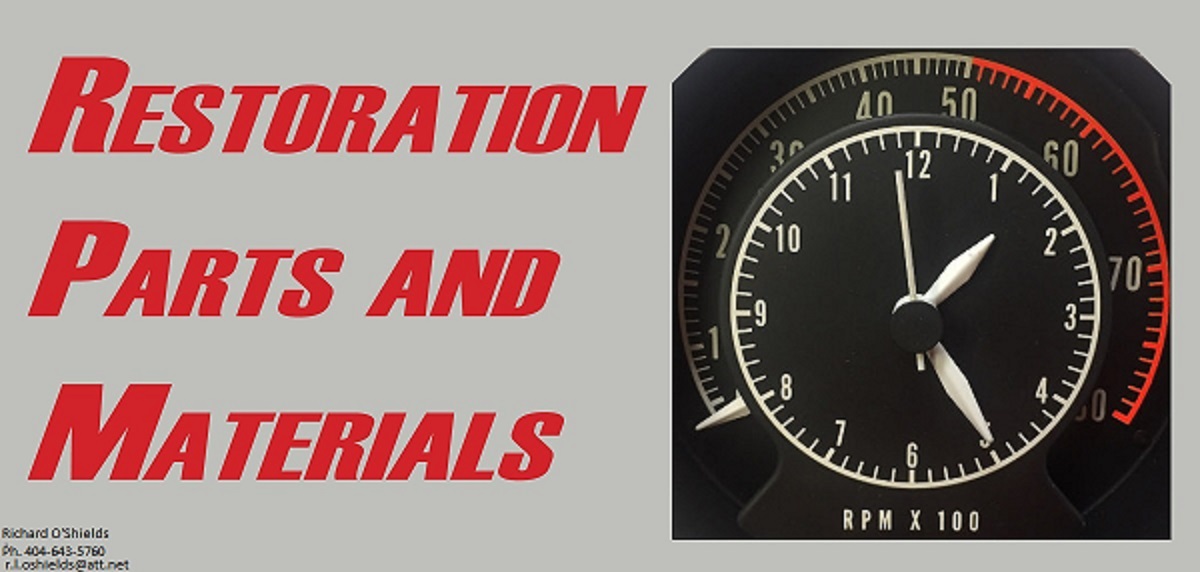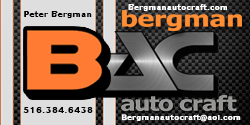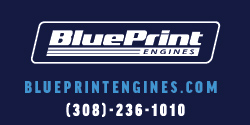Frank Odenthal
Member
just Dropped the AT for rebuild and found this hugh red 12“ Converter with 11“ bolt circle.
It is stamped with a number R090.
Does anyone know the Stall speed specification ?
Shaking the converter makes a rattle noise. Is that normal.
It rans without any noise when Parked.
Can not find any balancing weight. How is it balanced?


It is stamped with a number R090.
Does anyone know the Stall speed specification ?
Shaking the converter makes a rattle noise. Is that normal.
It rans without any noise when Parked.
Can not find any balancing weight. How is it balanced?

















